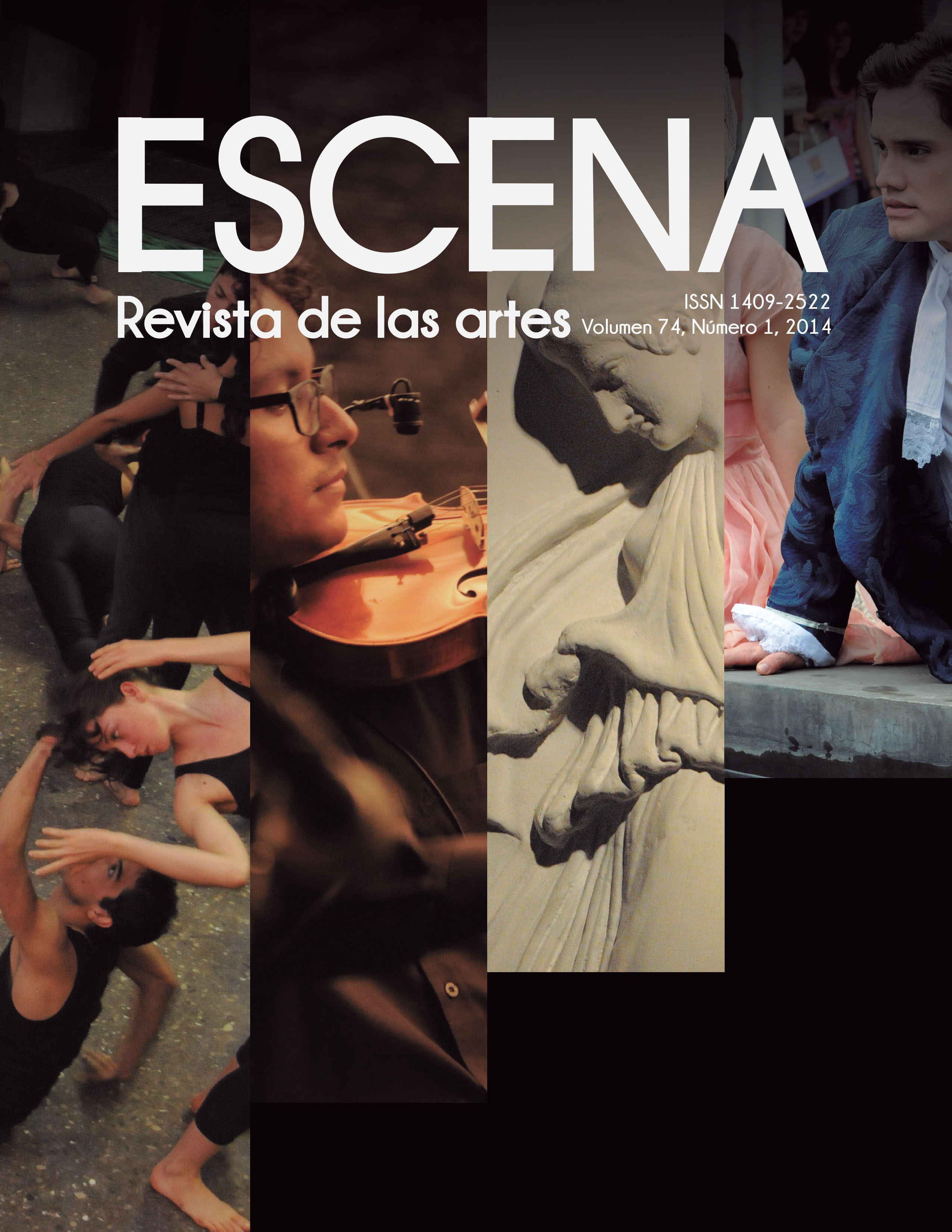Abstract
This article aims to address the problems of the American identity, with regard to the exhibition entitled La hora americana presented at the National Museum of Fine Arts in Buenos Aires. On the basis of a theoretical framework Deleuzian, according to which the art is intended to appeal to the constitution of a people, and linking it with the concepts of the smelly and the cultural phagocytosis proposed by Rodolfo Kusch (2007), we will established heterogeneity as a fundamental element of the Americanist identity. This will take into account the diversity of the works presented in the exhibition, with parti- cular emphasis on two of them, Eva Perón. Arquetipo símbolo of Sesostris Vitullo and Jujuy of Antonio Berni. In them, it will be possible to study the intersection between a Western cultural dimension and another American, where the past and the future are disseminated in an uncertain space which, at the time that makes the works possible, requires a specific position by the spectator.
References
Barone, O. (1973). Un gran escultor argentino. El necesario rescate de Sesostris Vitullo. Revista Crisis, 2. Buenos Aires. pp. 65-67.
Berni, A. (1936). El nuevo realismo. Forma. Revista de la Sociedad Argentina de Artistas Plásticos, 1. Buenos Aires. pp. 8 y 14.
Deleuze, G. (2007). Dos regímenes de locos. Textos y entrevistas (1975-1995). Valencia: Pretextos.
Deleuze, G. y G., Félix. (2002). ¿Qué es la filosofía?. Madrid: Editora Nacional.
Fantoni, G. (2014). El realismo como vanguardia. Berni y la mutualidad en los 30. Catálogo de la muestra “El realismo como vanguardia. Berni y la mutualidad en los 30”. Buenos Aires: Fundación OSDE.
Fèvre, F. (2001). Berni. Buenos Aires: Editorial El Ateneo y Bifronte.
Foucault, M. (2004). La pintura de Manet. Buenos Aires: Editorial Alpha Decay.
Giunta, A. (1997). El arte moderno desde las “sombras” del peronismo. Annual Session of the International Seminar Art Studies from Latin America. Querétaro: UNAM y The Rockefeller Foundation, pp. 1-5.
__________ (2011). Polémicas en torno a las imágenes de Eva Perón. En Escribir las imágenes: ensayos sobre arte argentino y latinoamericano. Buenos Aires: siglo XXI, pp. 117 y ss.
Gradowczyk, M. (2005). Los salones nacionales y la vanguardia (1924-1943): Berni como máquina política. Ramona. Revista de artes visuales, 49 pp. 66-81.
Kusch, R. (2007). Introducción a América. En R. Kush Obras completas. Tomo II: América Profunda (pp. 9-19). Rosario: Fundación A. Ross.
Murmis, M y Portantiero, J. (1987). Estudios sobre los orígenes del peronismo. Buenos Aires: Siglo XXI Editores.


